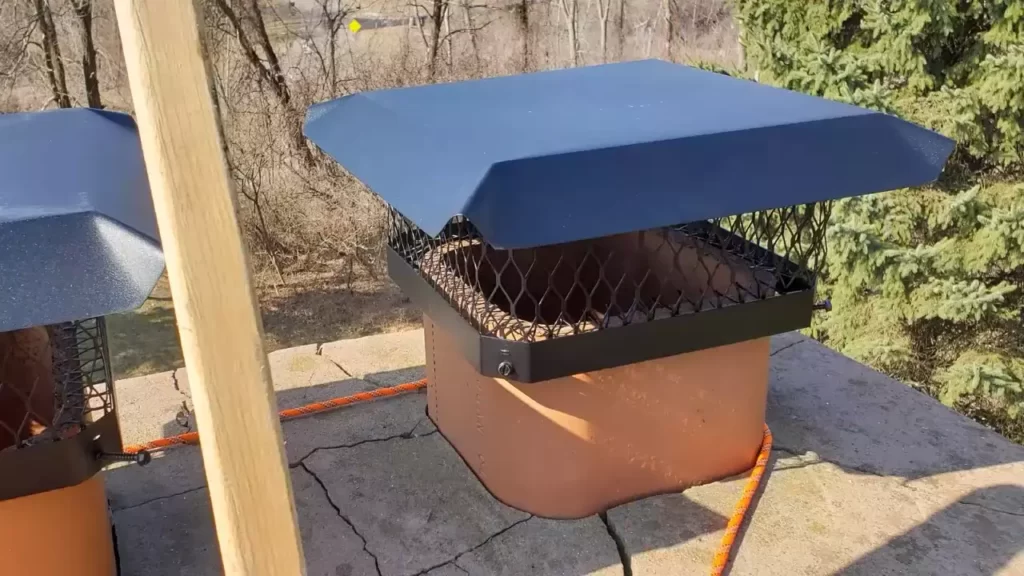To install a chimney cap without a flue, position the cap securely over the chimney opening and use an adhesive to secure it in place. A chimney cap is an essential component of a chimney system, as it helps prevent rain, snow, debris, and animals from entering the chimney.
However, if your chimney does not have a flue, the installation process may require some extra steps. We will guide you through the process of installing a chimney cap without a flue in a simple and straightforward manner. By following these instructions, you can ensure that your chimney remains protected and functional, even without a flue.
Let’s dive in and explore the steps involved in this process.

Frequently Asked Questions On How To Install A Chimney Cap Without A Flue
How Do You Attach A Chimney Cap?
To attach a chimney cap, follow these steps:
- Measure the chimney flue opening.
- Choose a suitable chimney cap based on size and material.
- Place the cap over the flue opening.
- Secure the cap with screws or clamps.
- Ensure it is properly aligned and sealed for maximum protection.
How Do You Cap Off An Unused Chimney?
To cap off an unused chimney, follow these steps:
- Clean the chimney thoroughly to remove any debris.
- Measure the chimney flue to determine the appropriate cap size.
- Install a chimney cap securely to prevent water, animals, and debris from entering.
- Seal any gaps or cracks around the cap to ensure a tight fit.
- Regularly inspect the cap to ensure it remains in good condition.
Is It OK To Not Have A Chimney Cap?
Yes, it is not recommended to not have a chimney cap. A chimney cap prevents animals, debris, and rain from entering your chimney, thus avoiding potential damage and issues with airflow. It also helps to prevent sparks and embers from escaping and causing a fire hazard.
So, having a chimney cap is important for safety and maintenance.
Can You Cap A Chimney From The Inside?
Yes, chimney caps can be installed from the inside, providing protection against debris and animals entering the chimney. It is an effective way to improve chimney safety and prevent damage. Safety precautions and professional expertise are recommended for proper installation.
Conclusion
Installing a chimney cap without a flue is a practical and effective solution to prevent pests, debris, and weather elements from entering your chimney. By following the step-by-step process outlined in this blog post, you can ensure the proper installation of a chimney cap without a flue, enhancing the functionality and longevity of your chimney.
Remember to prioritize safety and consult a professional if necessary. Keep your chimney protected and enjoy a more efficient and hassle-free fireplace experience.
